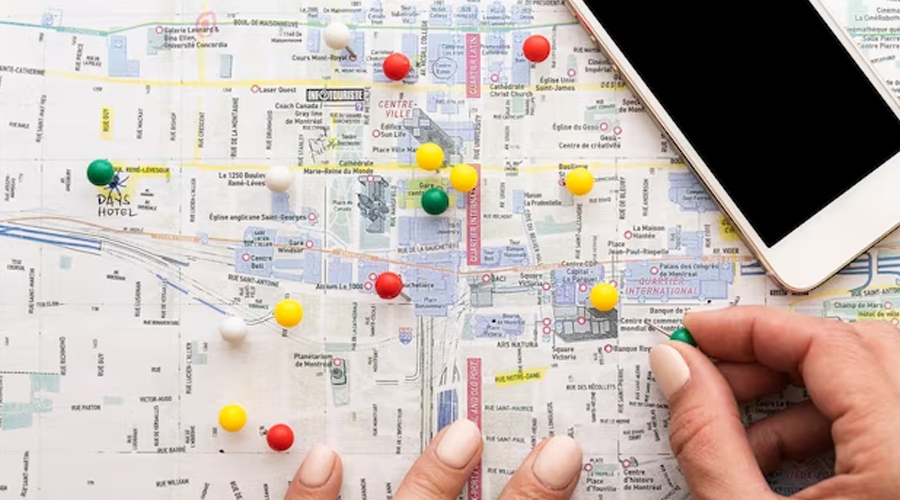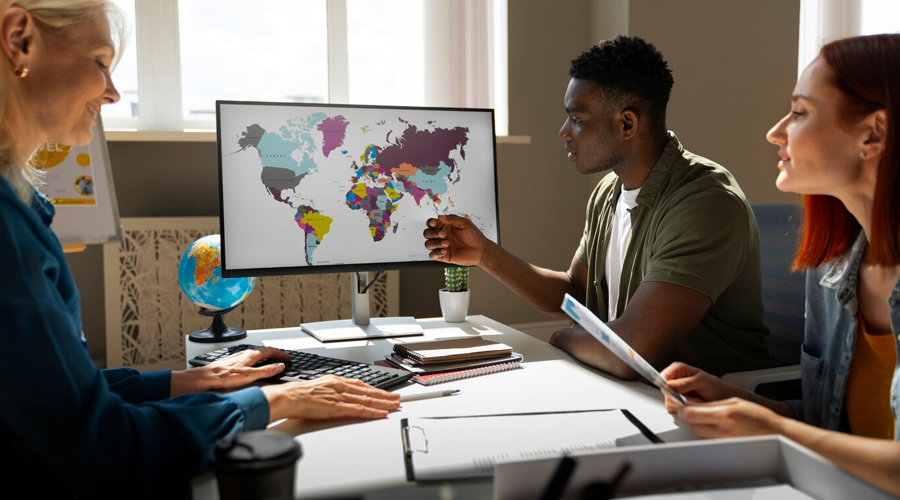Table of Contents
User Interface and Experience (UI/UX) Optimization
Creating an exceptional User Interface/User Experience (UI/UX) for any digital platform, including travel apps, is pivotal for ensuring user engagement, satisfaction, and loyalty. The amalgamation of intuitive design, seamless navigation, and visually appealing interfaces is crucial for optimizing UI/UX. Let’s delve into a comprehensive guide on UI/UX optimization within the realm of travel app development.
Understanding UI/UX Optimization:
- User-Centric Approach:
- Embrace empathy-driven design, understanding users’ needs, preferences, and pain points.
- Conduct user research, surveys, and usability testing to gain insights into user behavior and expectations.
- Develop user personas to create a design that resonates with the target audience.
- Simplicity and Intuitiveness:
- Strive for simplicity in design while maintaining functionality. Eliminate clutter and focus on essential features.
- Ensure intuitive navigation and seamless flow throughout the app to enhance user engagement.
- Visual Design Elements:
- Implement a visually appealing design with consistent branding, color schemes, and typography.
- Utilize high-quality images, icons, and graphics to enhance the aesthetic appeal and usability of the app.
- Responsive Design:
- Optimize the app for various devices and screen sizes. Ensure responsiveness across mobile phones, tablets, and desktops.
- Implement adaptive design elements to provide a consistent experience across different platforms.
- Accessibility and Inclusivity:
- Prioritize accessibility by adhering to guidelines such as WCAG (Web Content Accessibility Guidelines) to cater to users with disabilities.
- Design features considering different user demographics and cultural sensitivities to create an inclusive experience.
Strategies for UI/UX Optimization in Travel Apps:
- Streamlined Onboarding Process:
- Create a hassle-free onboarding experience with a minimalistic approach to gather essential user information.
- Incorporate interactive tutorials or guides to familiarize users with the app’s features.
- Intuitive Navigation:
- Design an intuitive navigation flow with clear hierarchies and labels for easy exploration of the app.
- Implement recognizable icons and gestures to simplify user interaction.
- Personalization and Customization:
- Leverage user data to offer personalized recommendations and content based on preferences and behavior.
- Allow users to customize their experience by providing options to save preferences and create personalized itineraries.
- Visual Feedback and Animation:
- Use subtle animations and transitions to provide visual feedback, indicating the success of actions or transitions within the app.
- Employ loading animations or progress indicators to manage user expectations during loading times.
- Seamless Booking and Transaction Experience:
- Simplify the booking process with a user-friendly interface for flights, accommodations, and activities.
- Ensure secure payment gateways and a transparent transaction process to build user trust.
- Offline Functionality and Performance:
- Enable offline access to essential information like itineraries, maps, and saved preferences to cater to users in areas with limited connectivity.
- Optimize app performance by minimizing load times and reducing app size for swift and efficient functionality.
- Feedback Mechanism:
- Integrate feedback mechanisms within the app to collect user suggestions and concerns, fostering a user-community relationship.
- Regularly analyze user feedback to iterate and improve the app’s UI/UX based on user insights.














